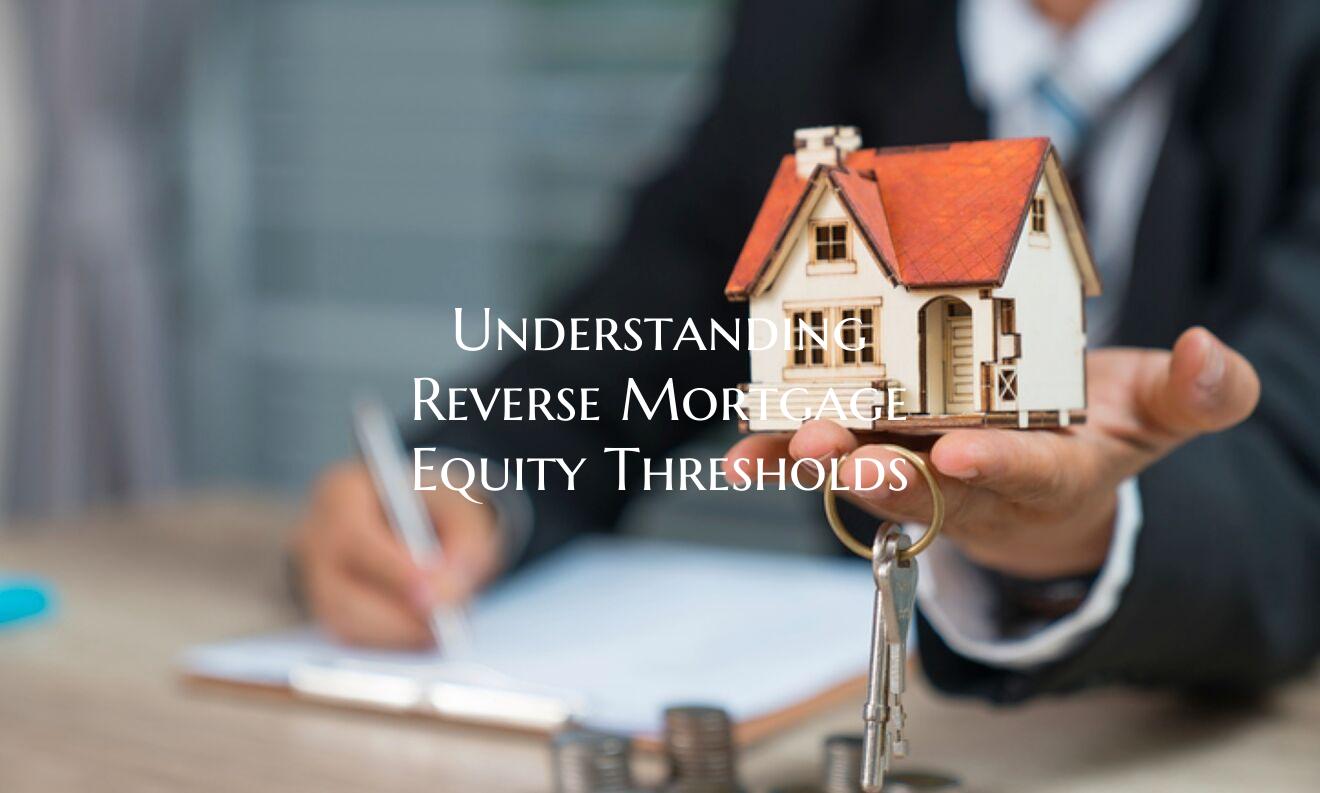Understanding Reverse Mortgage Equity Thresholds

Reverse mortgages are financial products that have gained popularity among older homeowners looking to access their home equity without having to sell their property. One crucial aspect of reverse mortgages that borrowers should be aware of is the concept of equity thresholds.
Equity thresholds refer to the minimum amount of home equity a borrower must have in order to be eligible for a reverse mortgage. Lenders use these thresholds to determine the maximum loan amount that a borrower can qualify for based on their age, the appraised value of the home, and current interest rates.
The equity threshold is typically calculated by considering the loan-to-value ratio, which is the percentage of the home's value that can be borrowed. Generally, the higher the borrower's age and the lower the interest rates, the lower the equity threshold required.
Understanding equity thresholds is important for potential reverse mortgage borrowers because it can impact how much they can borrow and whether they meet the eligibility criteria. By having a clear understanding of equity thresholds, borrowers can make informed decisions about whether a reverse mortgage is the right financial option for their individual needs.
It's recommended that borrowers consult with a financial advisor or mortgage specialist to fully understand the equity thresholds associated with reverse mortgages and to explore other alternatives that may better suit their financial goals. By being informed and proactive, borrowers can navigate the complexities of reverse mortgages and make sound decisions regarding their home equity.
